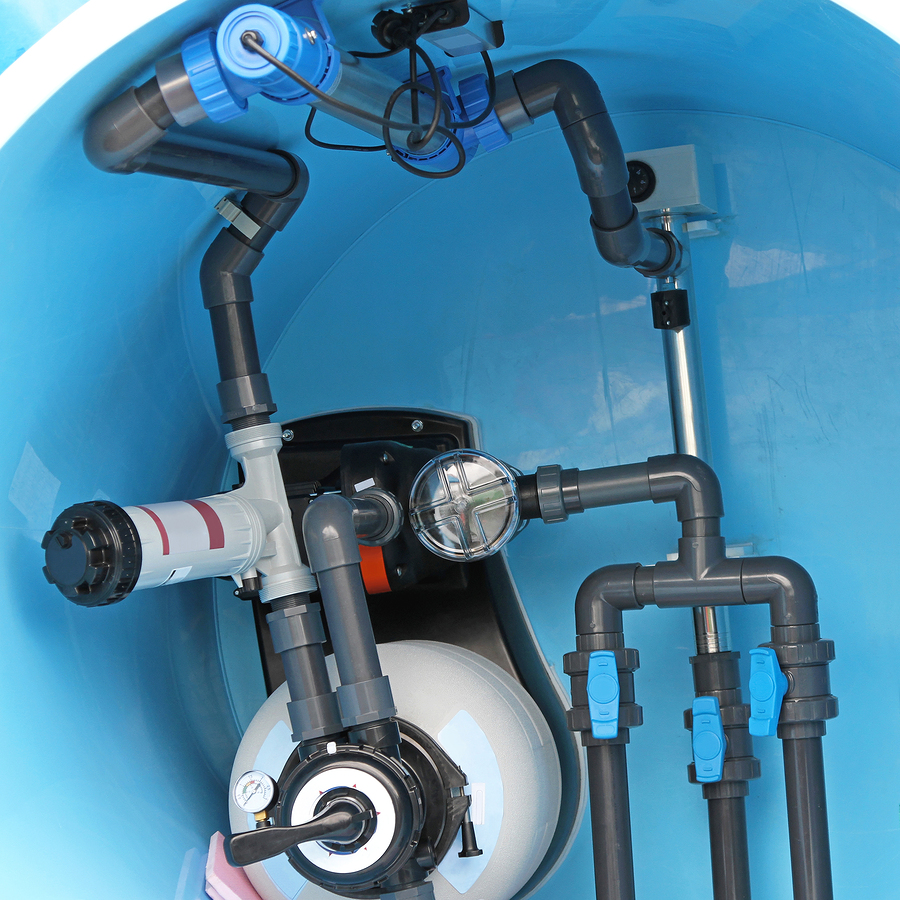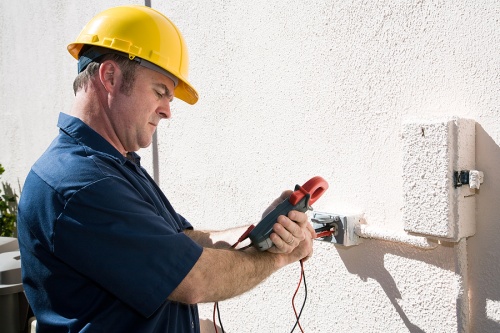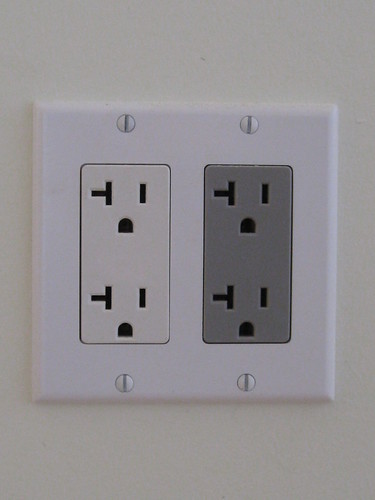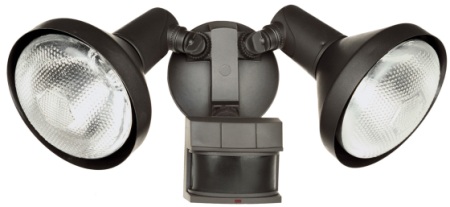Your circuit breaker has tripped. You’ve located your electrical service panel and flipped the switch for the room you were in but it keeps tripping – either right away or after you try to turn on the appliance you were using. You’ll need the help of Conductive Electrical Contracting in order to identify the root cause of your problem but there are generally three main causes.
 Overloaded Circuits
Overloaded Circuits
Circuit breaker trips are most commonly caused by overloaded circuits. This usually happens when the household is attempting to pull a higher voltage of electricity through the breaker than it was intended to be able to handle.
When this happens, the circuit breaker’s automatic safety settings cause it to shut itself down, or break. Running too many high-energy appliances at the same time, like a portable heater and a hair dryer, may cause overheating.
While you’ll need to have your electrician confirm that this is the case, simply unplugging or shutting off some of the appliances connected to the circuit in question will usually correct the issue.
Short Circuits
Short circuits are the second most common reason for breaker tripping and are a more serious concern. Short circuits occur when the black hot wires inside your electrical service panel come in contact with either other hot wires or neutral wires.
Your electrician will help you to inspect your power cords and outlets for damage and will ensure the wires within your electrical service panel and near your outlets are all properly insulated.
Improper or Faulty Grounding
A ground fault is the least common reason for a circuit breaker to trip but is the most serious. This situation occurs when the hot wires within your electrical service panel come into contact with the metal panel box.
Your electrical service panel box is connected directly to the ground wire and the two coming into contact will cause short circuiting. You’ll need a electrician to come out to either check for damage to the wires or to correct the wire placement.
Never try to correct a problem with your electrical service panel or circuit breakers without the aid of a licensed electrician in Delaware. They have the training to identify and correct common problems while limiting your exposure to electrical hazards.
Services We Offer:
Swimming Pool Wiring, Circuit Panel Upgrades, General Electrical Repairs, All Electrical Services
Cities we Serve
Wilmington, Newark, Dover, Greenville, Hockessin, Pike Creek, All Locations
 The following are the most important details that you should follow to ensure that the job gets done professionally and correctly, and these items should also be included in any contracts and contractor work checklists, and tied to payments:
The following are the most important details that you should follow to ensure that the job gets done professionally and correctly, and these items should also be included in any contracts and contractor work checklists, and tied to payments: Can I Do the Job Myself?
Can I Do the Job Myself?


 It’s not simply the country’s energy framework that is out of date. The wiring inside numerous homes is likewise out of date, straining to supply our always growing collections of power hungry appliances, lighting, and gadgets.
It’s not simply the country’s energy framework that is out of date. The wiring inside numerous homes is likewise out of date, straining to supply our always growing collections of power hungry appliances, lighting, and gadgets.
 What is a GFCI Outlet?
What is a GFCI Outlet?


 It is of course important to take the neighbors into consideration when placing those exterior lights. It is important to avoid having the lights shine into a neighbor’s window, or otherwise detract from their own enjoyment of the home and surrounding landscape.
It is of course important to take the neighbors into consideration when placing those exterior lights. It is important to avoid having the lights shine into a neighbor’s window, or otherwise detract from their own enjoyment of the home and surrounding landscape.

